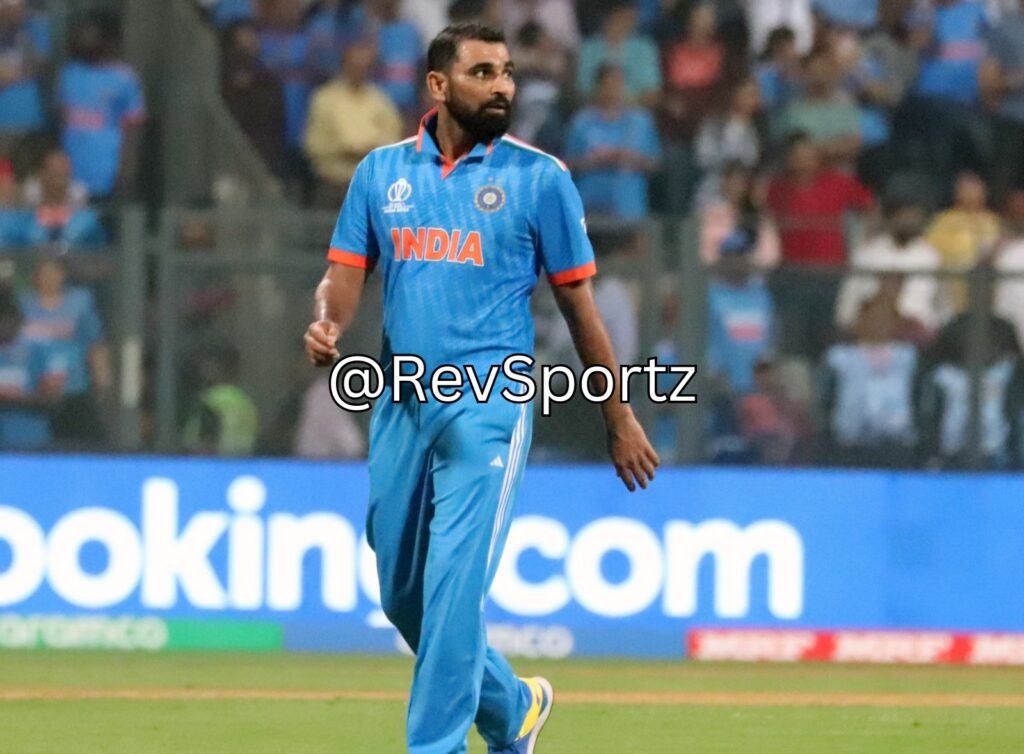
Pathum Nissanka, the Sri Lankan opener, perhaps visualised Jasprit Bumrah’s first delivery before taking his guard. Their coaches must have tried to put different theories and hypotheses about the Indian attack into practice. The analysts would have pored through numerous videos to discover ways to neutralise the threat of Mohammed Siraj’s three-quarter seam ball, Bumrah’s unique action alongside his rifling weapons, or Mohammed Shami hitting an upright seam. All those hours of hard work led to no reward as Nissanka fell first ball to Bumrah.
You wondered whether Bumrah is a computer-controlled robot. The length was perfect, the line was spot on, the ball swung in enough and then straightened on the angle to trap the batter in front. Flawless! For a minute or two, even the Bumrah-machine malfunctioned as the Indian spearhead bowled a couple of wides after making the initial incision. But that was followed by two wicked in-swingers and a razor sharp out-swinger.
Maybe there would be a bit of respite at the other end? After all, Siraj had looked slightly off-colour against England in Lucknow. The answer to that was a firm no. He also took a single delivery to bag his first wicket. It wobbled in the air a little bit and Dimuth Karunaratne was trapped leg-before. A thought came to mind that with India having a monstrous total on the board, the pace bowlers would now relax a bit.
On this day, there was no breather for the Sri Lankan batters. Siraj ended up bowling a classy out-swinger that also nipped off the seam to scalp Sadeera Samarawickrama. The uninterrupted examination of their batting technique continued. Kusal Mendis was left clueless by another wobbler that straightened after pitching to rattle the timber.
As the Sri Lanka skipper ambled towards the pavilion, all he could notice was a sea of blue jumping in joy. This is perhaps the mental disintegration that Steve Waugh used to talk about while leading Australia. The same Sri Lankan side had been snuffed out for just 73 earlier in the year in Thiruvananthapuram. That was followed by 50 all out in the Asia Cup final and now this bedlam at the Wankhede.
Angelo Matthews and Charith Asalanka scratched around for a while. With the score reading 14 for 5, once again the mind pondered whether Sri Lanka would get a little bit of mercy. Oh! Just that Shami was warming up and eagerly waiting for his turn.
Compared to Siraj and Bumrah, Shami took a couple more deliveries to snaffle his first wicket and then had another off the very next ball. Amid the Indian pace bowlers prowling like pack hunters, Matthews helplessly stood alone. But the veteran was playing more on hope against India’s sustained excellence. Shami’s upright seam was enough to sneak one through the gate of Matthews’ defence. It was 29 for 8, and by then the job was done. It was time to take the foot off the accelerator pedal.
Not just today. We have observed it before in this World Cup that the Indian bowling attack is a breaker of the opposition teams’ confidence. Once the batter takes strike in the middle, he might start to wonder how to score a run, leave alone compiling a fifty or a hundred. Just to put that into perspective, glance through a few stats related to the Indian pace attack in this tournament.
In the first 10 overs, the dot-ball percentage is hovering around 70. The economy rate during that phase is also well under five runs per over. The pressure on the batter is just relentless and it eventually leads to a mistake. India then have the luxury of someone who has scalped 14 wickets at a mind-boggling average of 6.71 to come in as first-change bowler. Kuldeep Yadav and Ravindra Jadeja make up for a formidable spin duo too. There is no escape route with this bowling line-up.
Maybe South Africa, their next opponent, would navigate through the unnerving Indian bowling puzzle. Just like Sri Lanka, somewhere in their hotel, their analysts would also be examining every single footage of the five-man attack. One has to wait and watch whether the potent South African batting unit would put all the theories into practice versus a thoroughbred attack, or it would be again down to a prayer.




